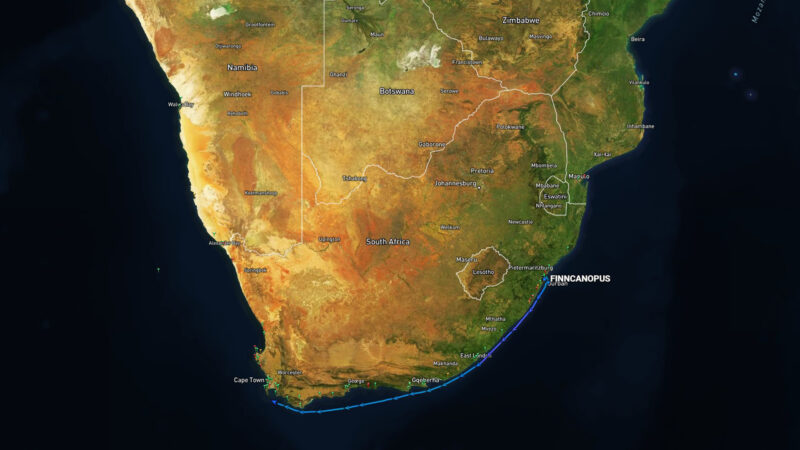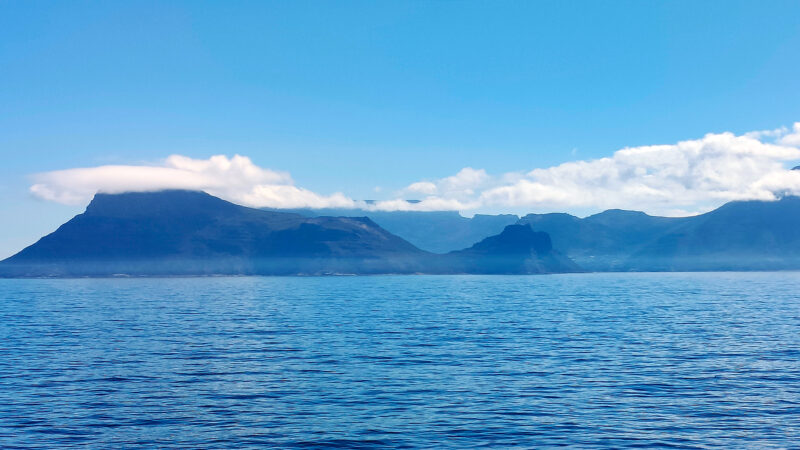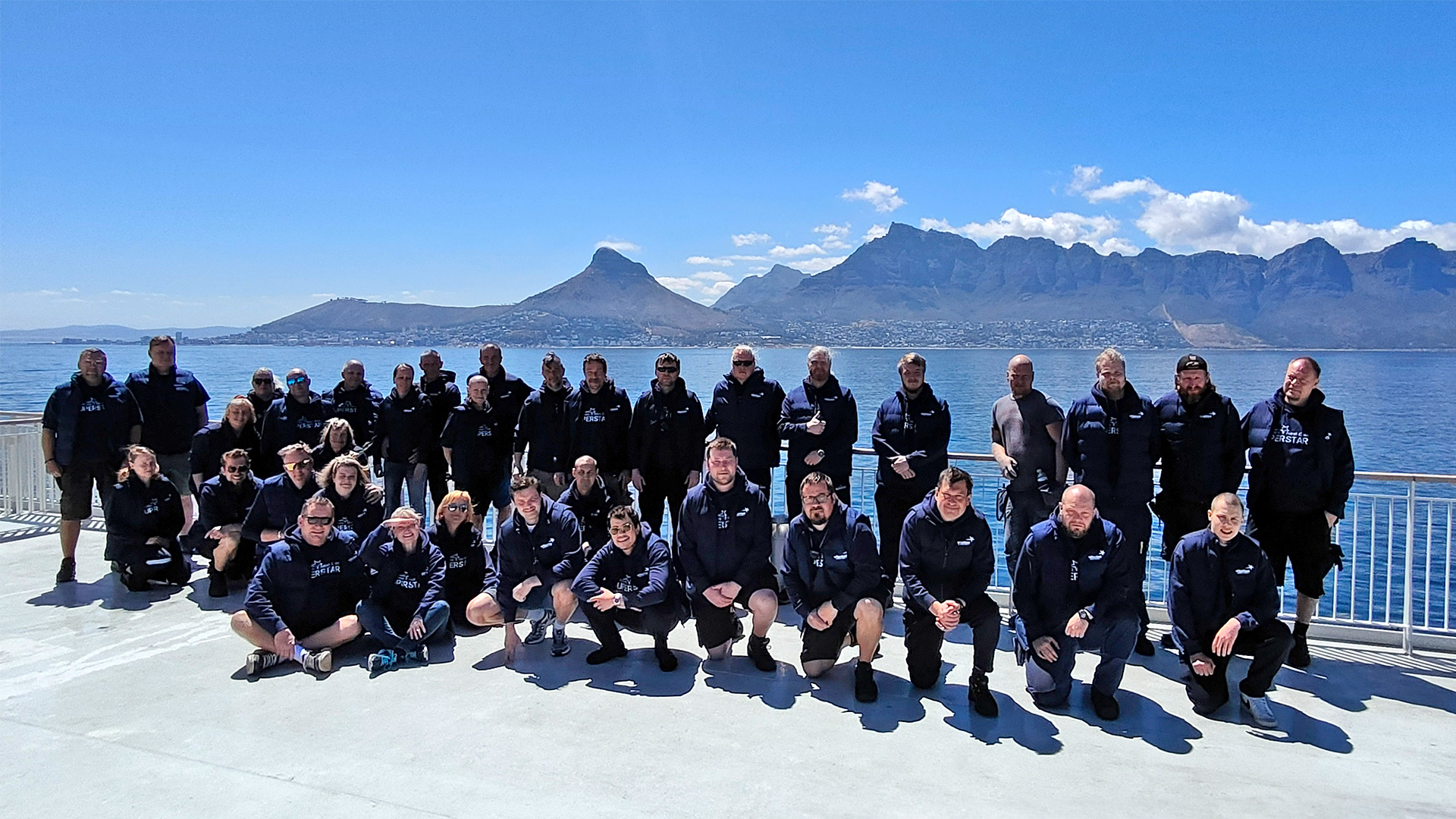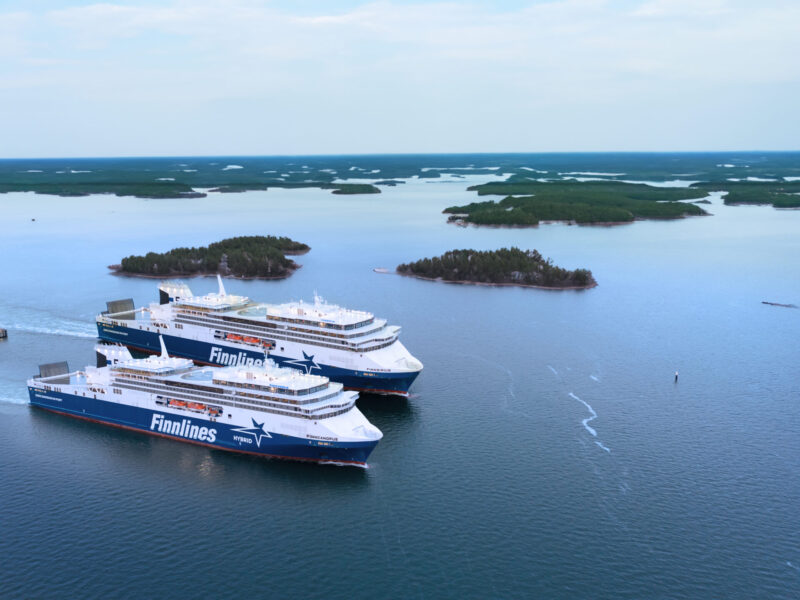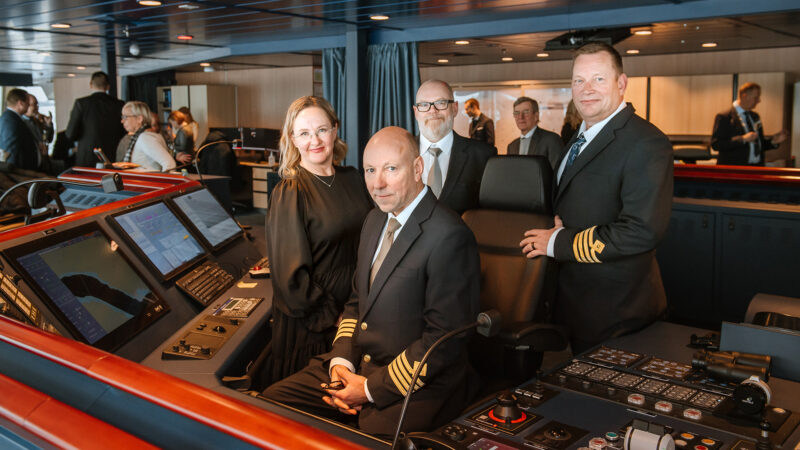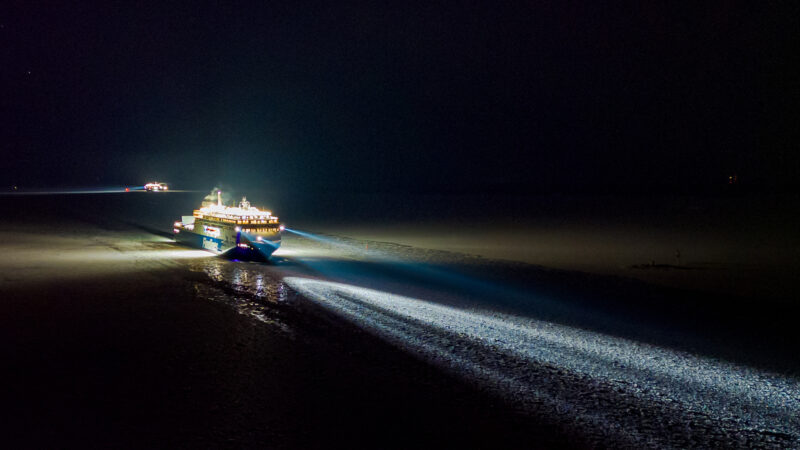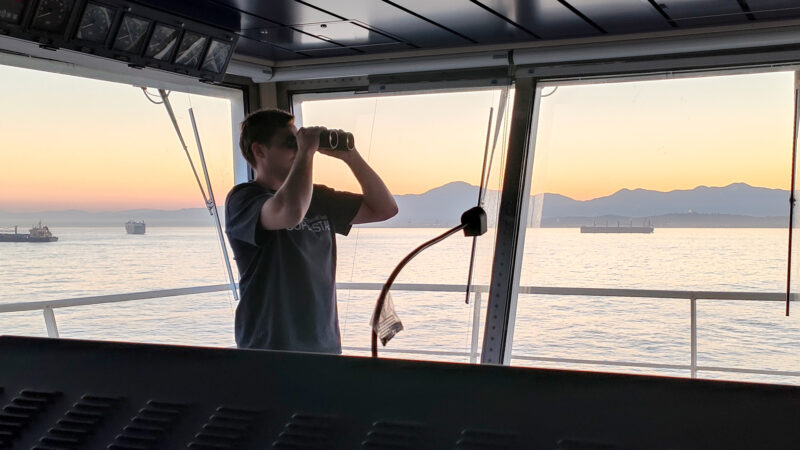South Africa Harbor Stop and Cape Tour
The eagerly anticipated harbor visit brought fresh salads, coffee creamer, disposal of garbage, and replenishment of fuel. Shortly after, the Finncanopus resumed its journey, leaving the Indian Ocean in its wake.
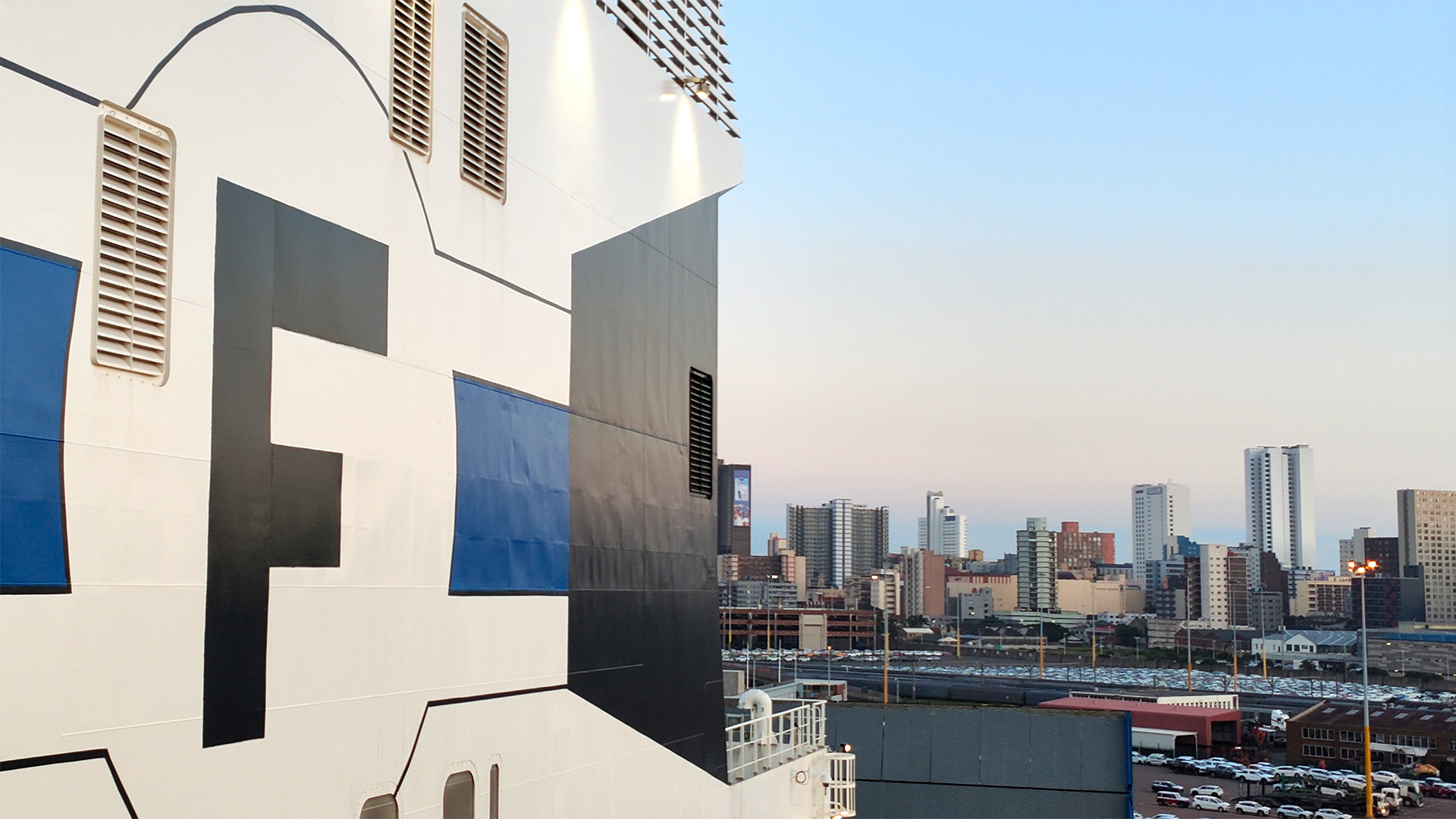
Finnlines’ latest ropax vessel, Finncanopus, is on a long sea voyage towards Naantali. In this post, we meet the crew of Finncanopus at the Port of Durban, see a flying pilot, and circumnavigate the Cape of Good Hope.
Look But Don’t Touch
Before us, the silhouette of skyscrapers stood strikingly against the blue sky. Sailboats bobbed gently in the yacht harbor. Along the beachfront street, palms swayed gracefully. In the distance, an inviting stretch of sandy beach glistened.
Behind us lay a couple of weeks at sea, and the city looked altogether exciting and welcoming.
Durban is the third-largest city in South Africa. It accommodates about three million people. The port is a busy stop for trade ships and an important port for South Africa’s imports and exports.
Durban was also the destination for the Fuji boat, captained by Ari Känsäkoski, introduced in our previous post. However, we didn’t get a chance to meet Känsäkoski in Durban.
Unfortunately, we missed checking out Durban’s beaches or attending a rugby match. Due to the nature of the trip, we had to content ourselves with admiring the city from the ship.
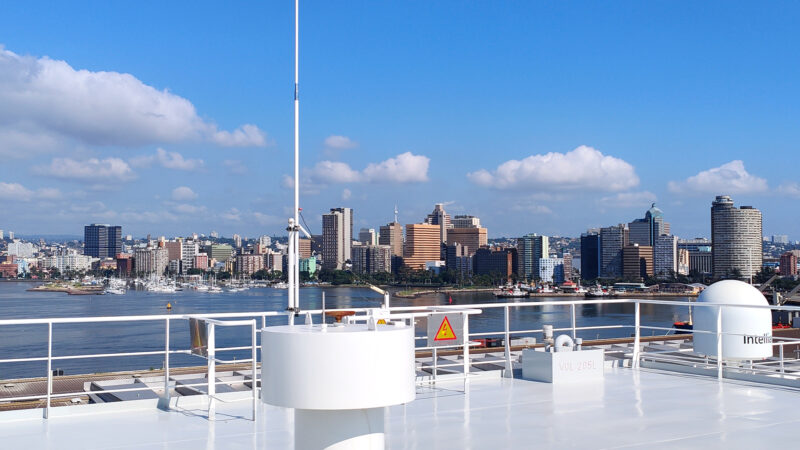
Durban is the third-largest city in South Africa, following Johannesburg and Cape Town. The city was admired from aboard the Finncanopus.
Provisions, Bunkering, and the Helicopter Pilot
A couple of blog posts ago, we shared how the crew of the Finncanopus spent New Year’s in Singapore. Since then, we hadn’t set foot on land. It was high time to get fuel and fresh food supplies.
In the Port of Durban, routines were as usual, similar to many other ports worldwide. We received provisions and fuel. Garbage accumulated over two weeks was also collected from the ship.
Something special also occurred. In the evening dusk, as the Finncanopus had already departed from Durban, the flutter of a helicopter’s rotor was heard. A man appeared on the Finncanopus’ helicopter deck waiting to be picked up. He attached himself to a cable, and the helicopter lifted him into the air. Did one of the crew members decide to head into town after all? Not quite.
The airborne figure was a local maritime pilot, typically seen navigating vessels in and out of port. But in this instance, he chose a helicopter as his mode of transport. Thus, in a delightful twist of language, the term ‘helicopter pilot’ acquired an entirely new meaning!
The more experienced seafarers knew to tell that such a mode of transportation for pilots isn’t entirely unusual. At least, moving from one ship to another is really quick with a helicopter.
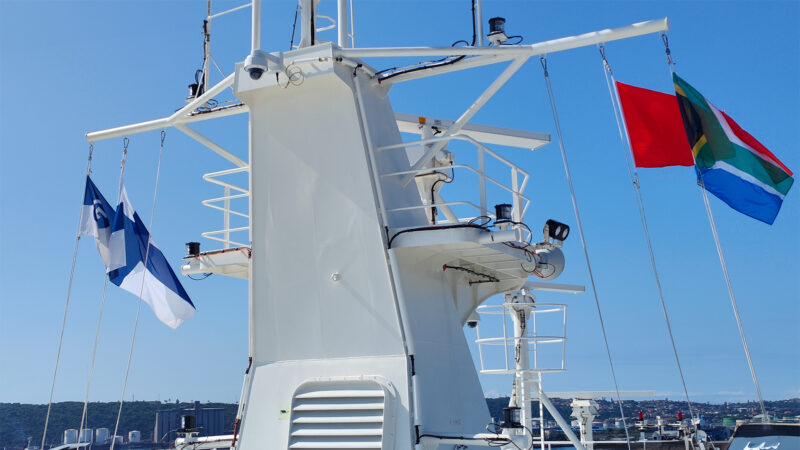
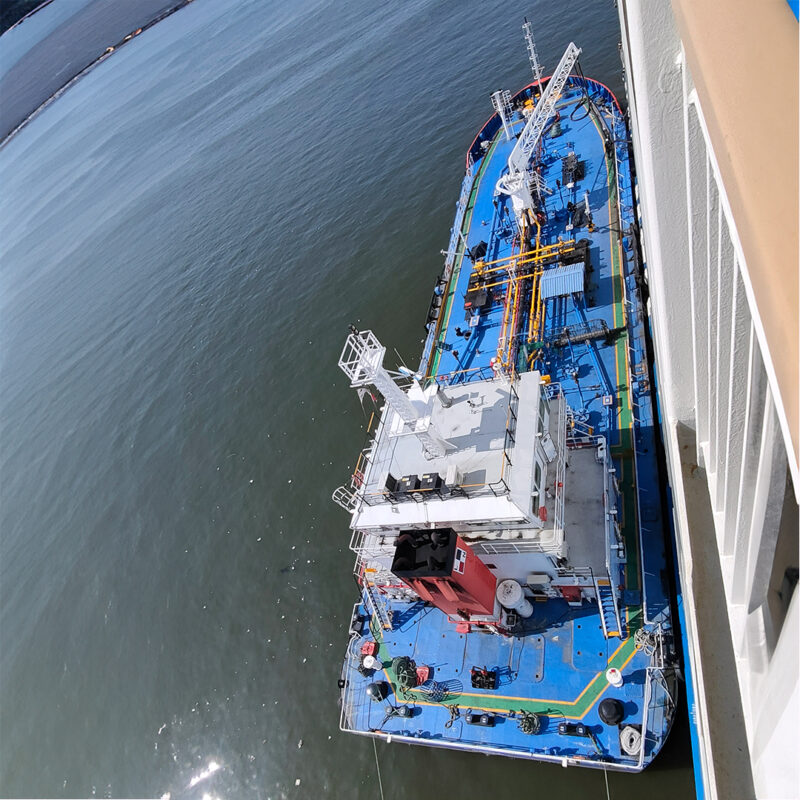
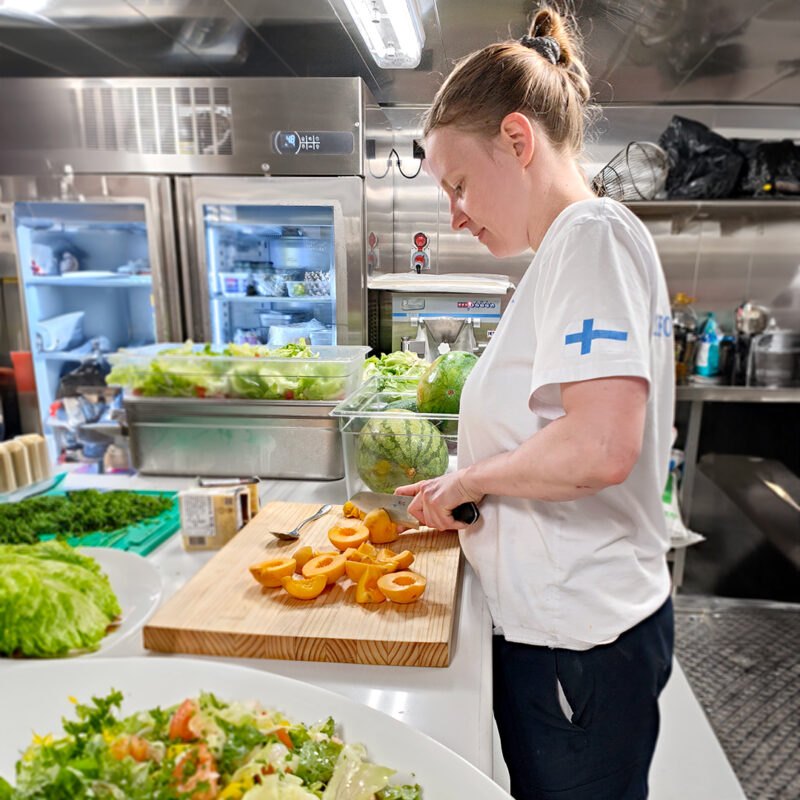
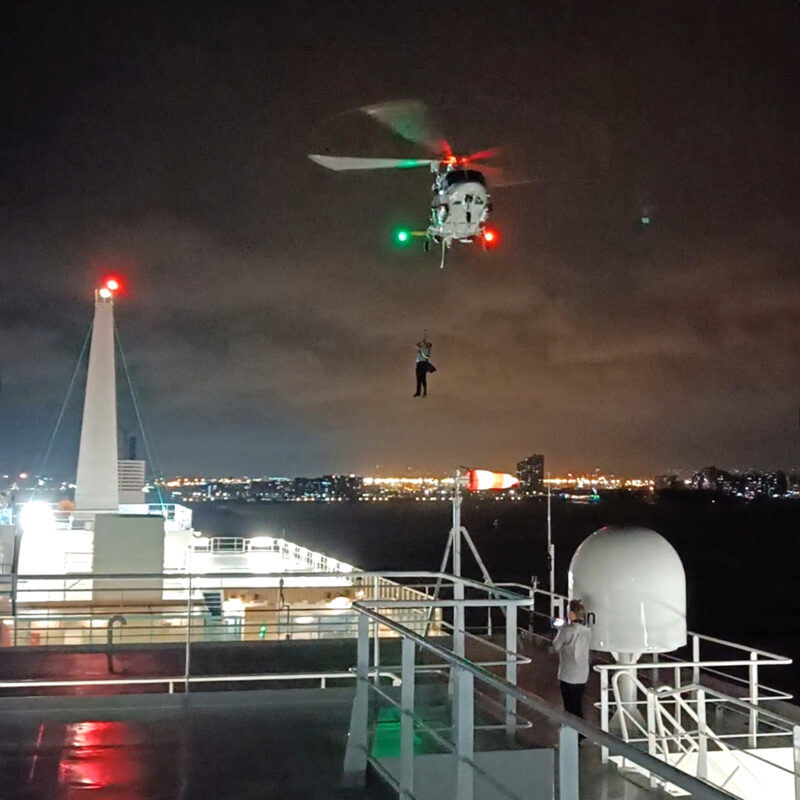
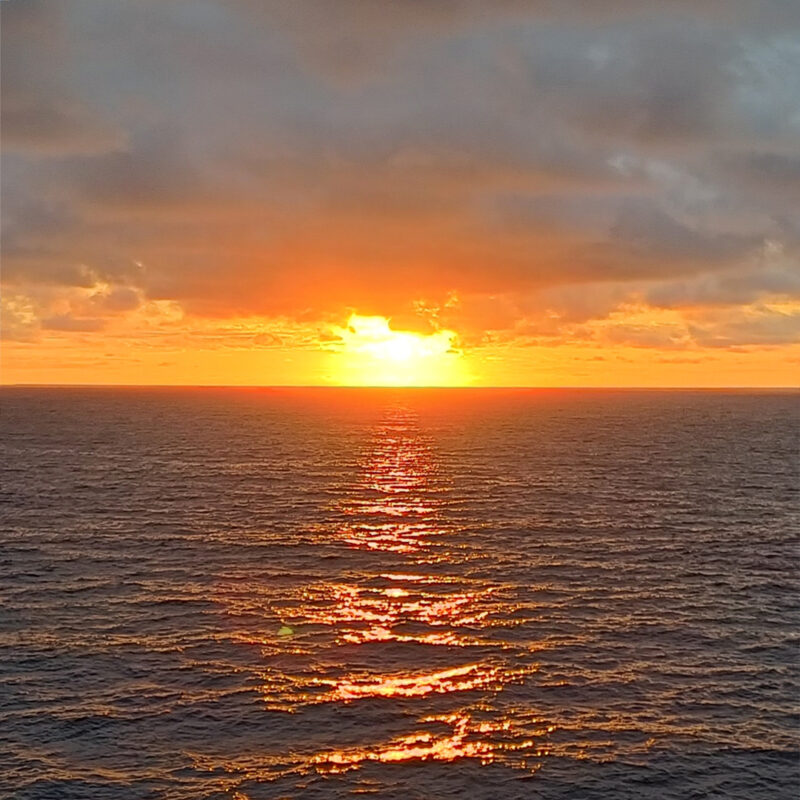
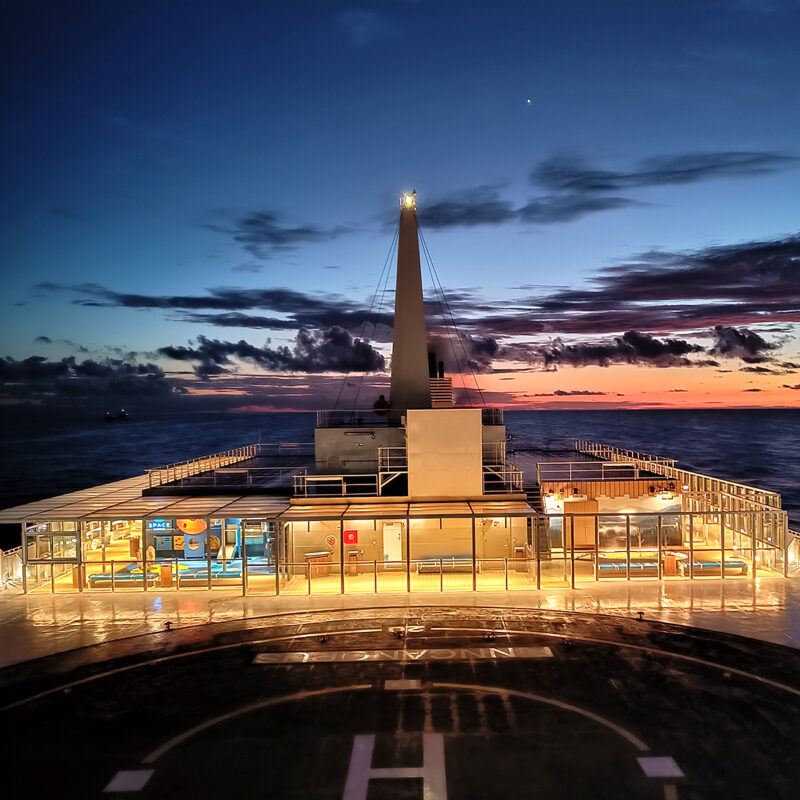
The Journey Past Two Iconic Capes
The maritime journey around South Africa is commonly highlighted by the rounding of the Cape of Good Hope, a moment filled with historical and navigational significance. For our voyage, passing this cape was an unforgettable experience. However, an equally pivotal point came earlier with the crossing of Cape Agulhas. This lesser-known but equally crucial cape marked a significant maritime milestone, as it represented the transition from one vast ocean to another. As the Finncanopus made its way from east to west, we seamlessly navigated from the Indian Ocean into the waters of the Atlantic.
